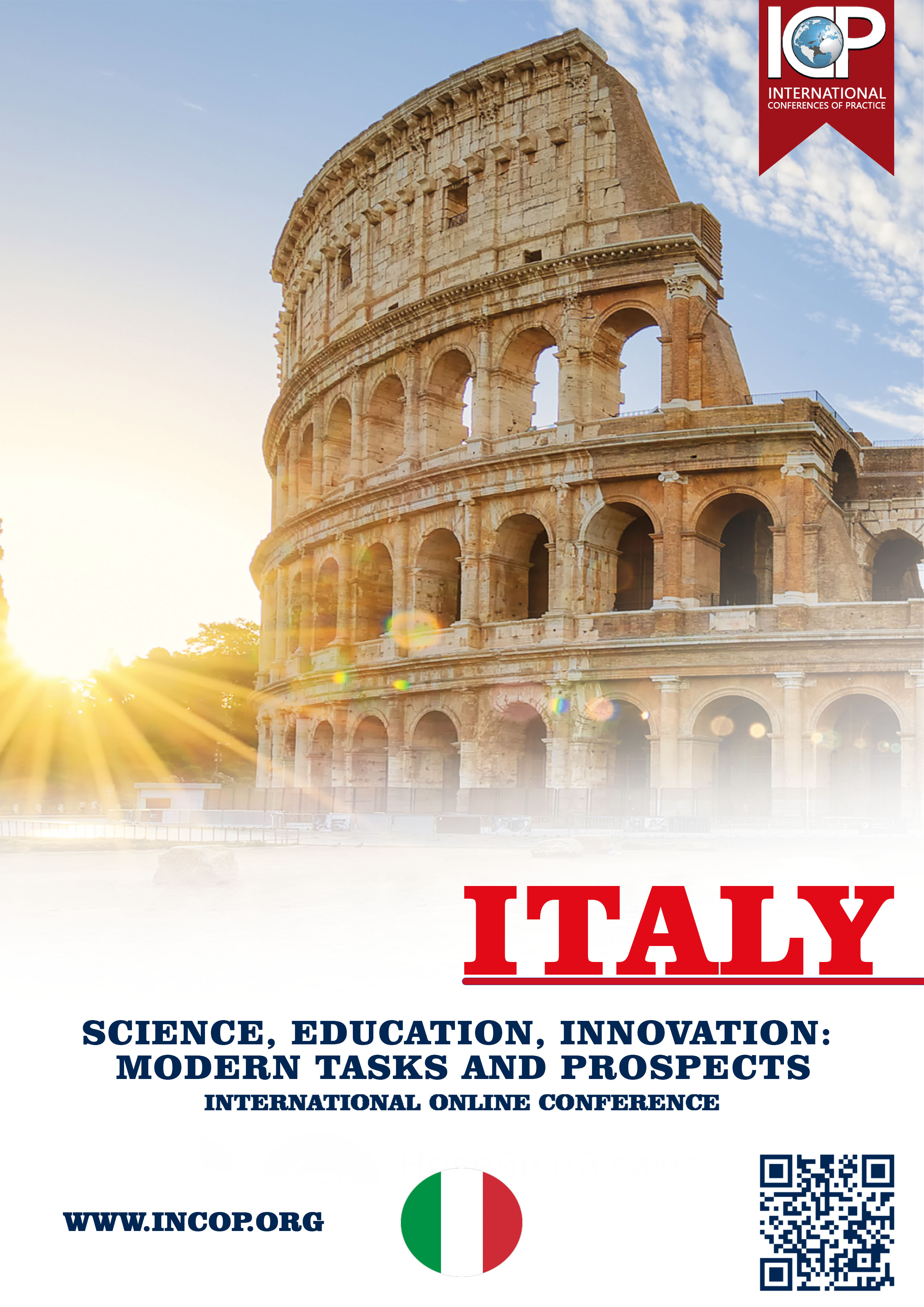MIGRATION IN THE 21ST CENTURY: CRISIS OR OPPORTUNITY?
Abstract
Migration has emerged as a significant global issue of the 21st century, impacting economic systems, political dynamics, and cultural identities worldwide. This study examines the dual nature of contemporary migration, questioning whether it should be predominantly regarded as a problem or an opportunity. Based on a survey of existing literature, the study delineates conflicting narratives—one portraying migration as a menace to national stability and public services, and another highlighting its capacity to stimulate economic growth, creativity, and demographic rejuvenation. The research uses a qualitative methodology to examine migration policy frameworks, socioeconomic data, and specific case studies from both high-income and developing nations. The discourse indicates that migration results are predominantly influenced by government, public perception, and the degree of investment in integration. Despite substantial humanitarian and security challenges, data indicates that inclusive and effectively managed policies can render migration a potent catalyst for global growth. The study asserts that the characterization of migration as a crisis or opportunity is frequently influenced by political motives, and emphasizes the necessity of a more balanced, evidence-based methodology to tackle forthcoming difficulties.
References
1. Andrés Artal-Tur, Peri, G. and Requena-Silvente, F. (2014). The Socio-Economic Impact of Migration Flows. Population economics. Springer Nature. https://doi.org/
2. Bakewell, O. (2021). Unsettling the boundaries between forced and voluntary migration. Handbook on the Governance and Politics of Migration, pp.124–136. https://doi.org/10.4337/9781788117234.00017
3. Geddes, A. and Hadj-Abdou, L. (2016). An unstable equilibrium: freedom of movement and the welfare state in the European Union. Handbook on Migration and Social Policy. https://doi.org/10.4337/9781783476299.00022
4. Google Books. (2017). Economics without Borders. Available at: https://books.google.com/books?hl=ru&lr=&id=DF5EDgAAQBAJ&oi=fnd&pg=PA113&dq=Strain+on+social+services (Dustman Frattini (3 May 2025)
5. Herzog, C. and Kelly, P. (2023). Applying Thematic Analysis to Analyze Press Coverage in Cross-Country Comparative Research: A Qualitative Study Protocol. International Journal of Qualitative Methods, pp.1–6. https://doi.org/10.1177/16094069231179433
6. Mehmet Senturk, Kose, Z. and Kahraman, A. (2017). MIGRATION WITH ECONOMIC DIMENSIONS. ASSAM Uluslararası Hakemli Dergi, 4(9), pp.94–108. Available at: https://dergipark.org.tr/en/pub/assam/issue/33151/369851 ( 3 May 2025)
7. Rahman, M. (2009). Temporary migration and changing family dynamics: implications for social development. Population, Space and Place, 15(2), pp.161–174. https://doi.org/10.1002/psp.537
8. Research Bulletin, F. (2017). fraserinstitute.org. Available at: https://www.fraserinstitute.org/sites/default/files/age-of-eligibility-for-public-retirement-programs-in-the-oecd.pdf
9. Scriptiebank.be. (2025). Available at: https://scriptiebank.be/file/14792/download?token=udnDSIym (3 May 2025)
Zaviršek, D. (2017). The humanitarian crisis of migration versus the crisis of humanitarianism: current dimensions and challenges for social work practice. Social Work Education, 36(3), pp.231–244




